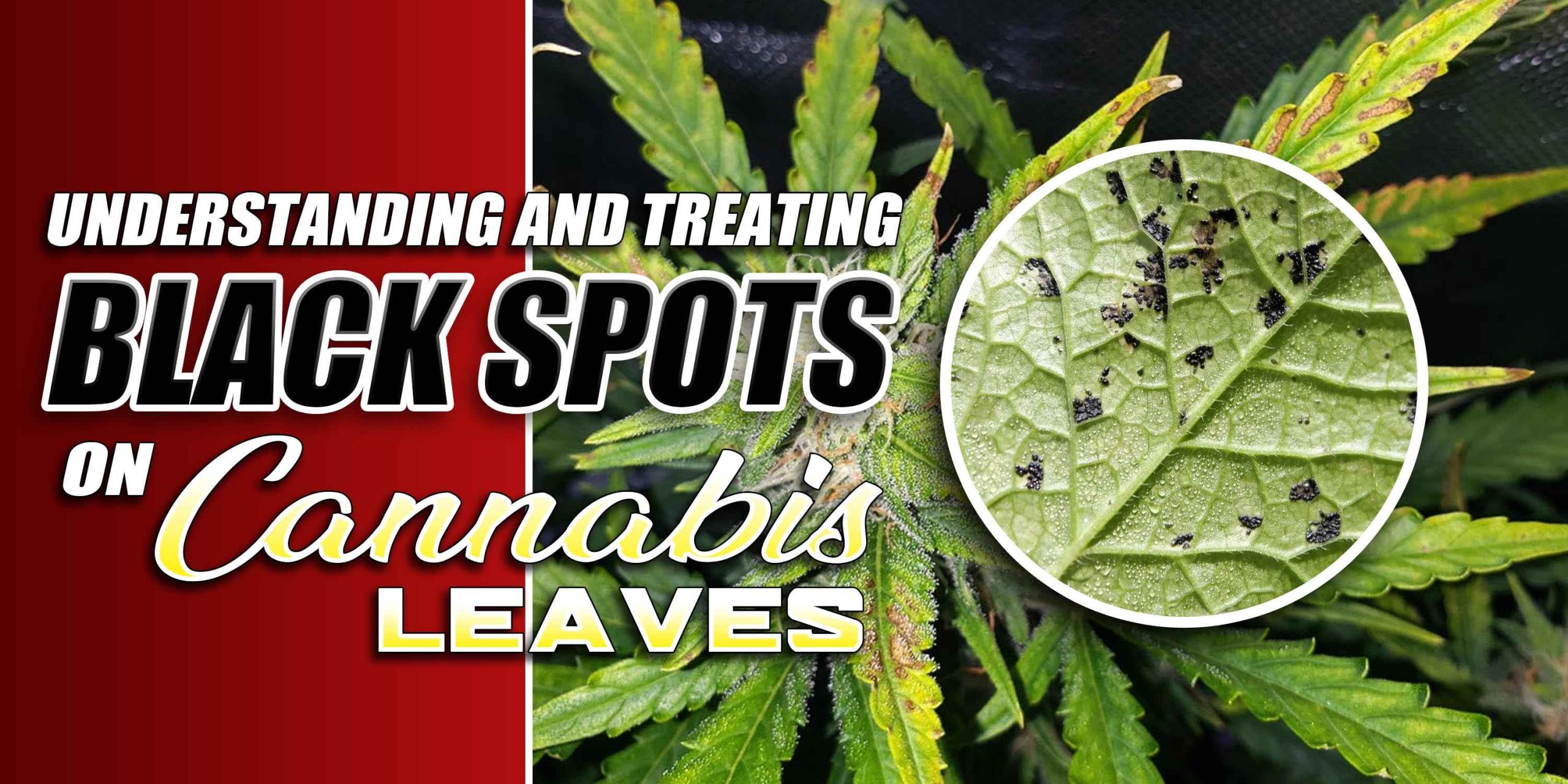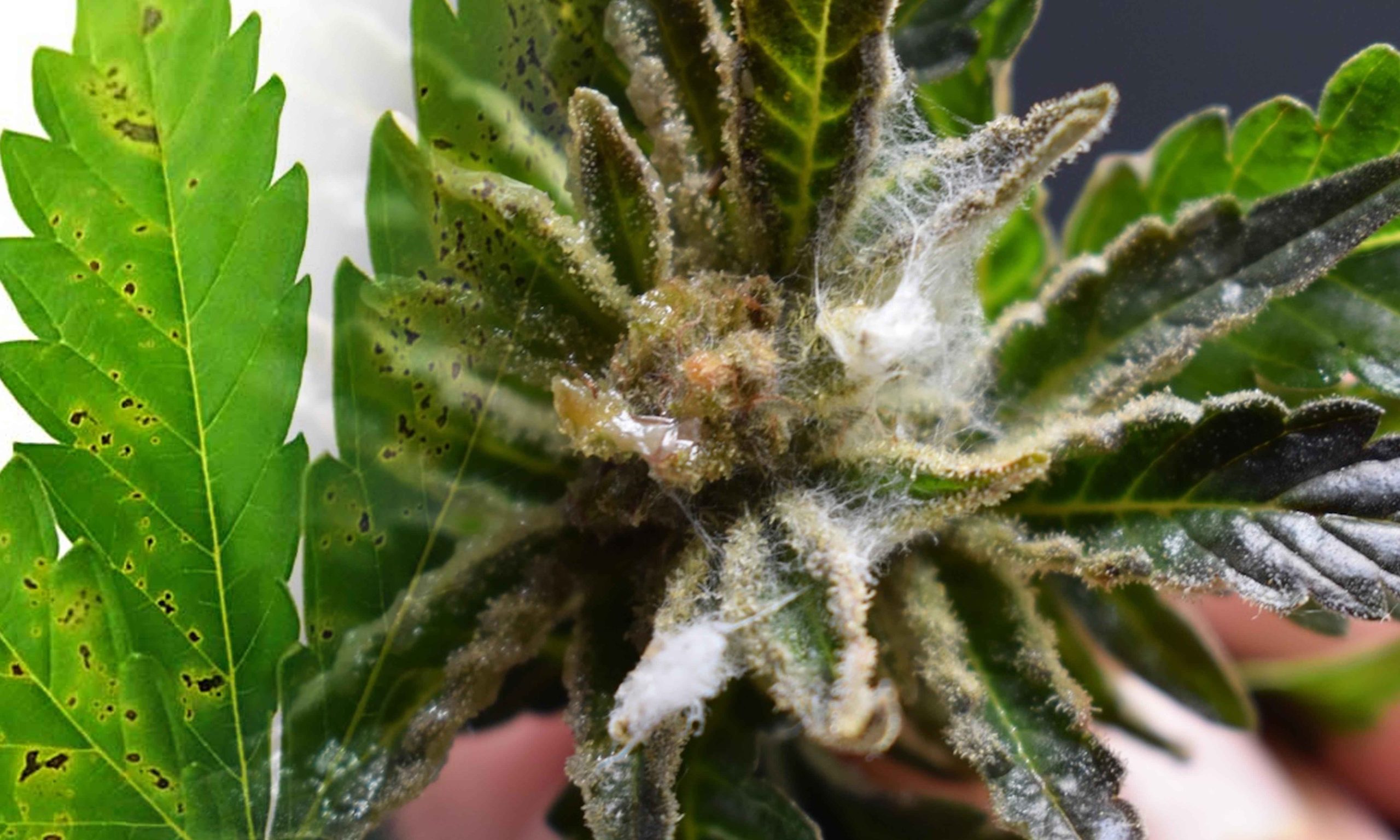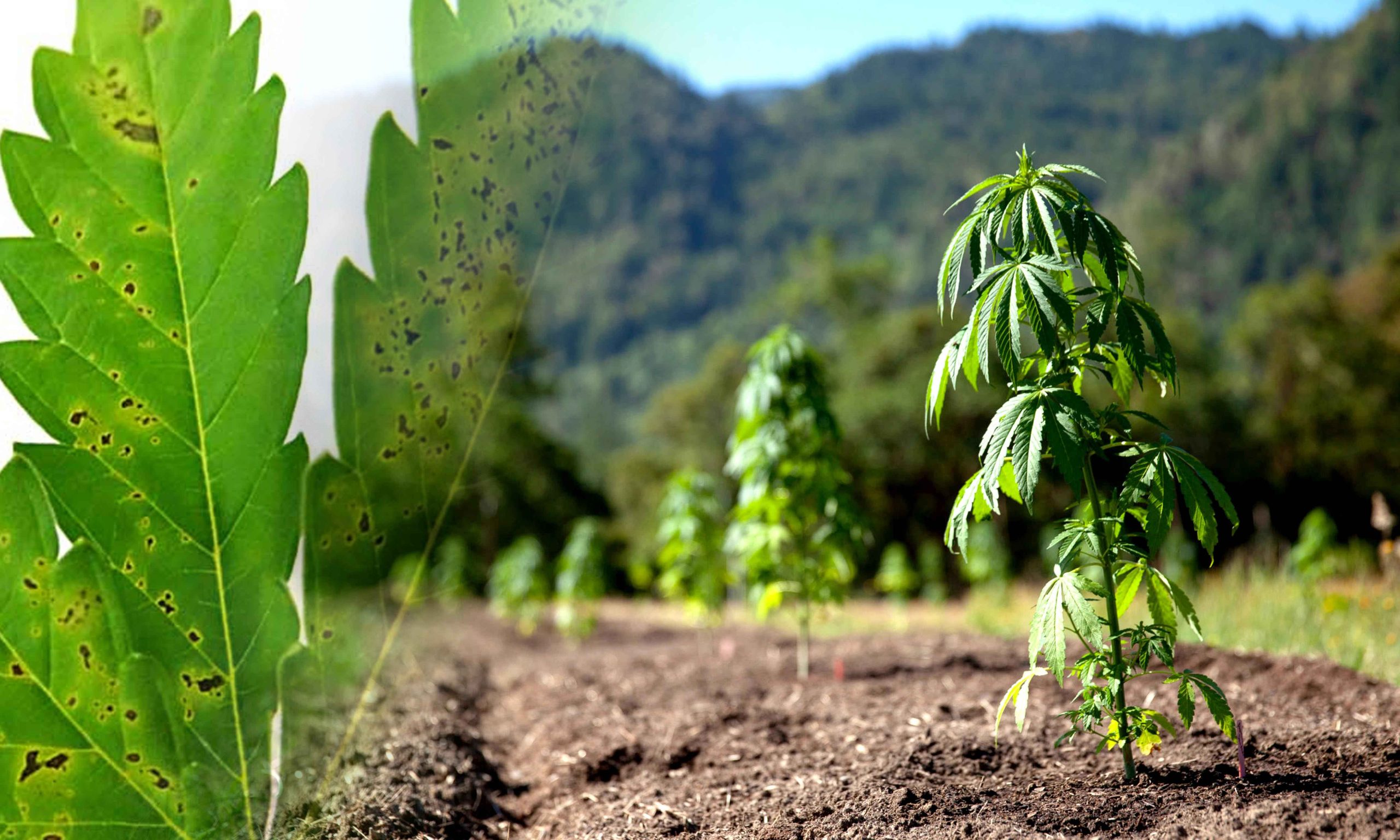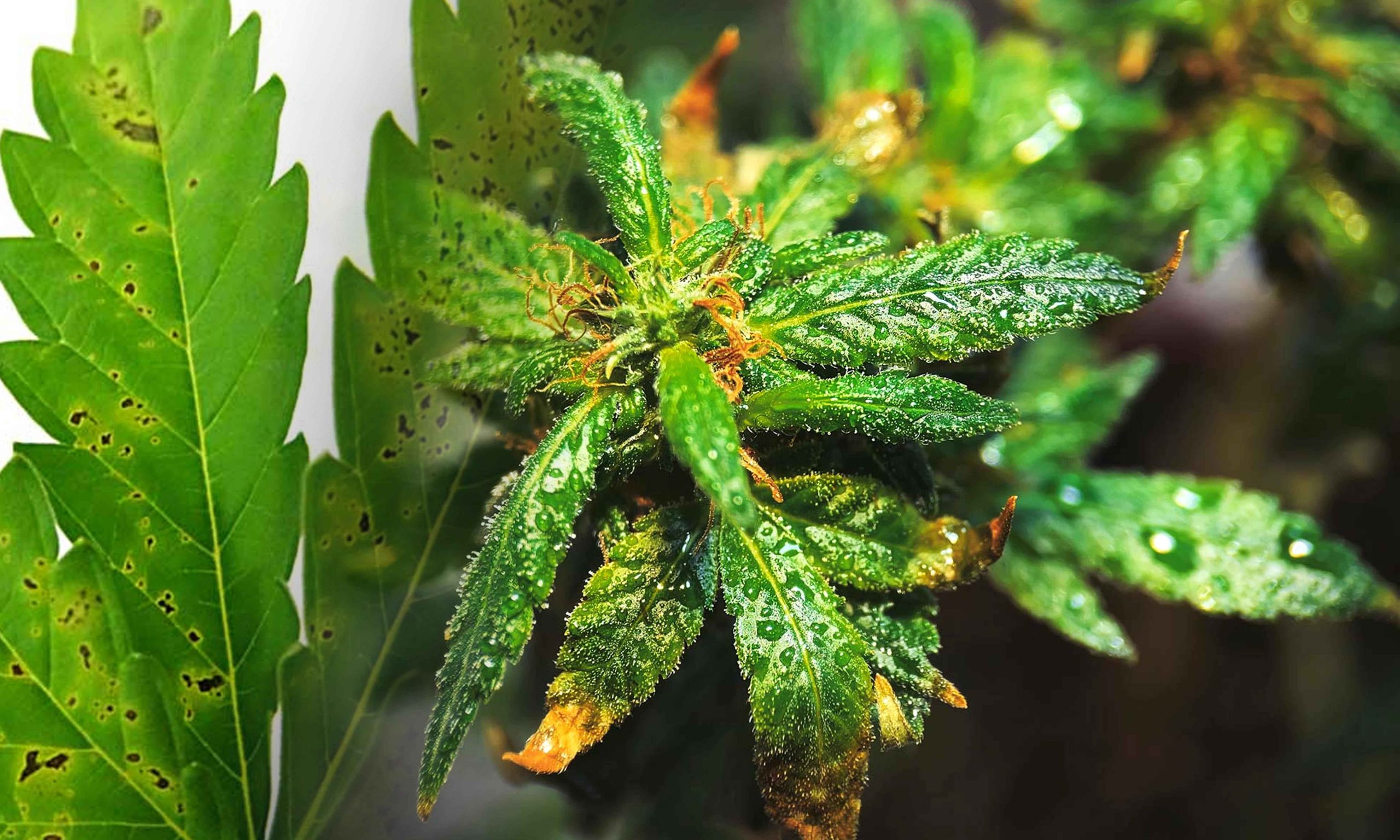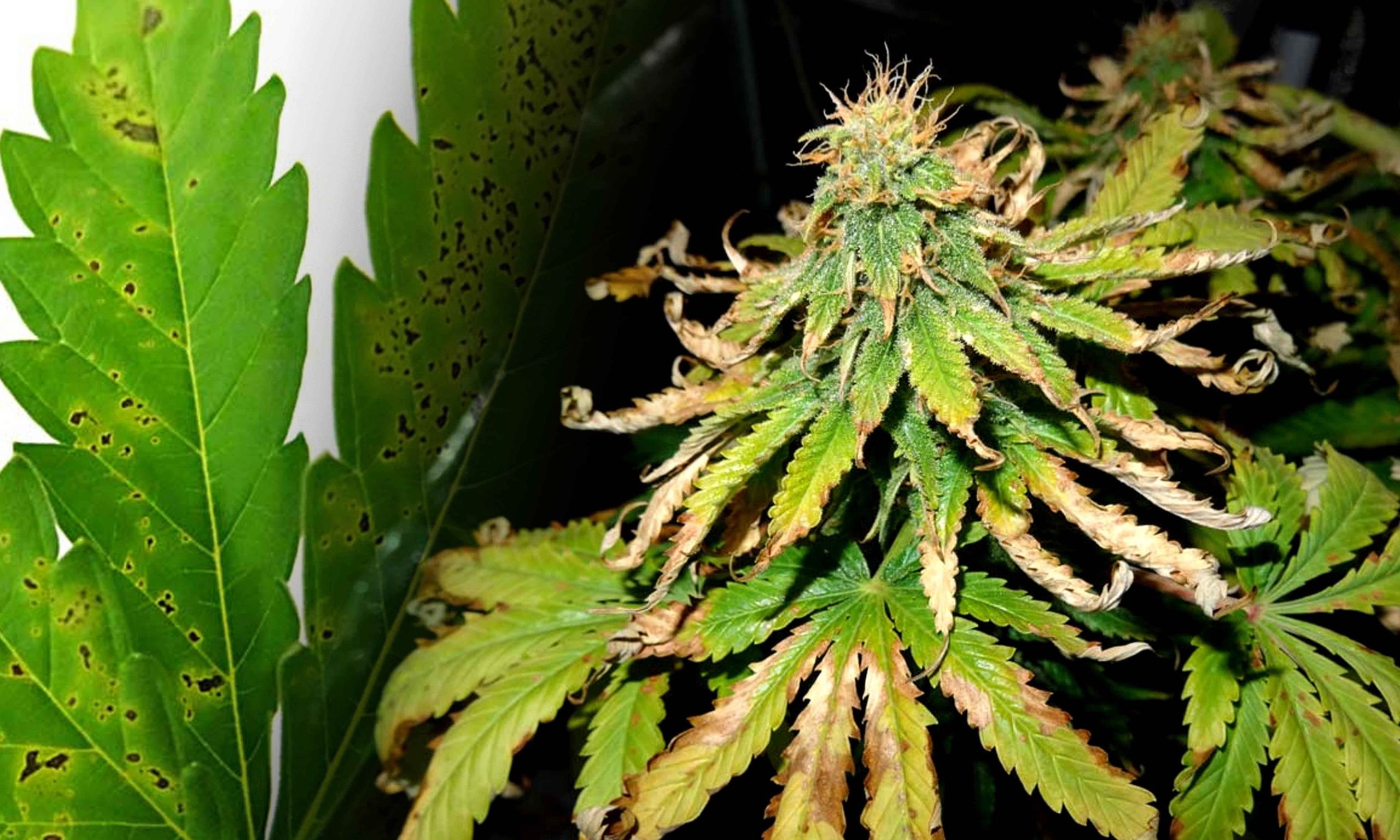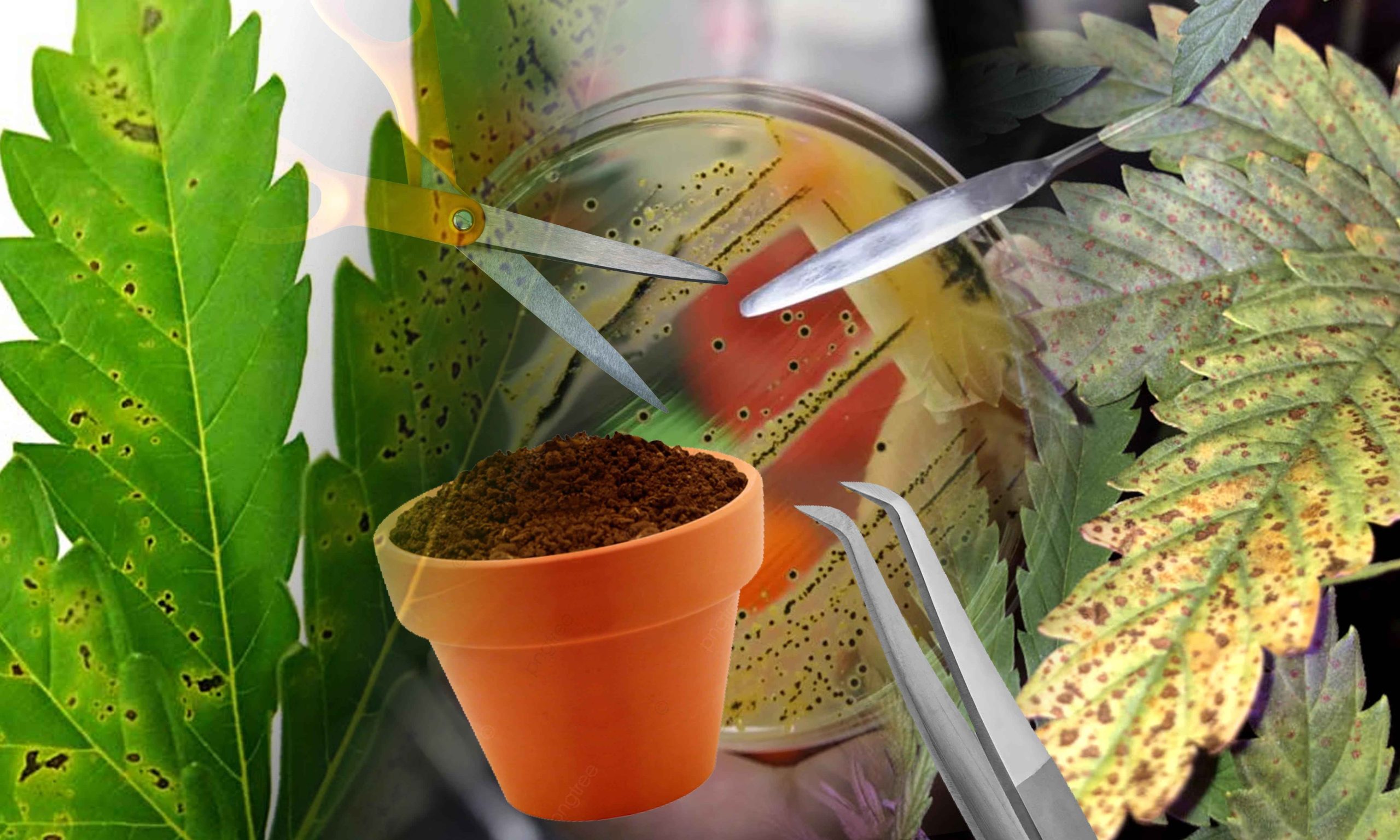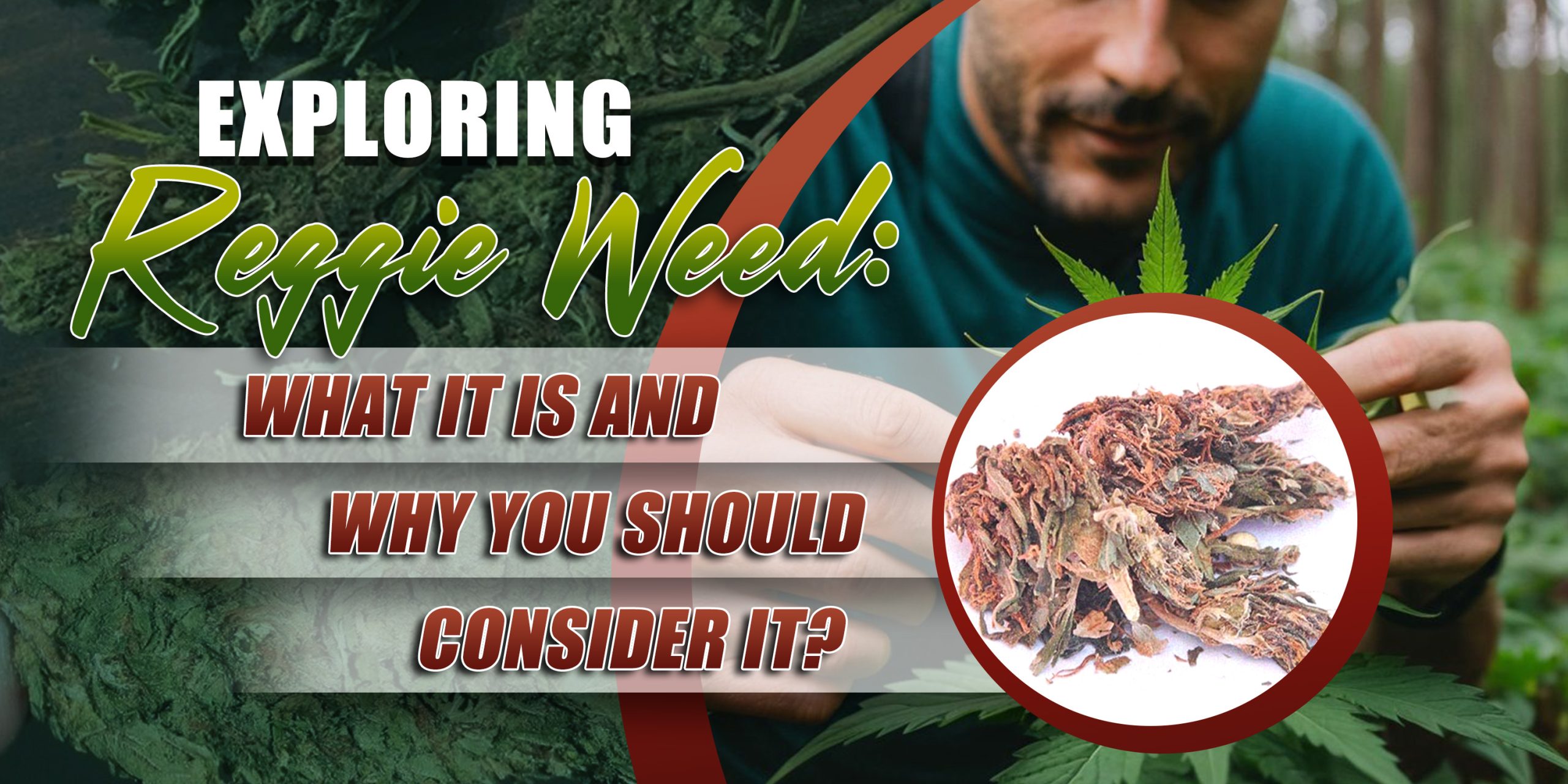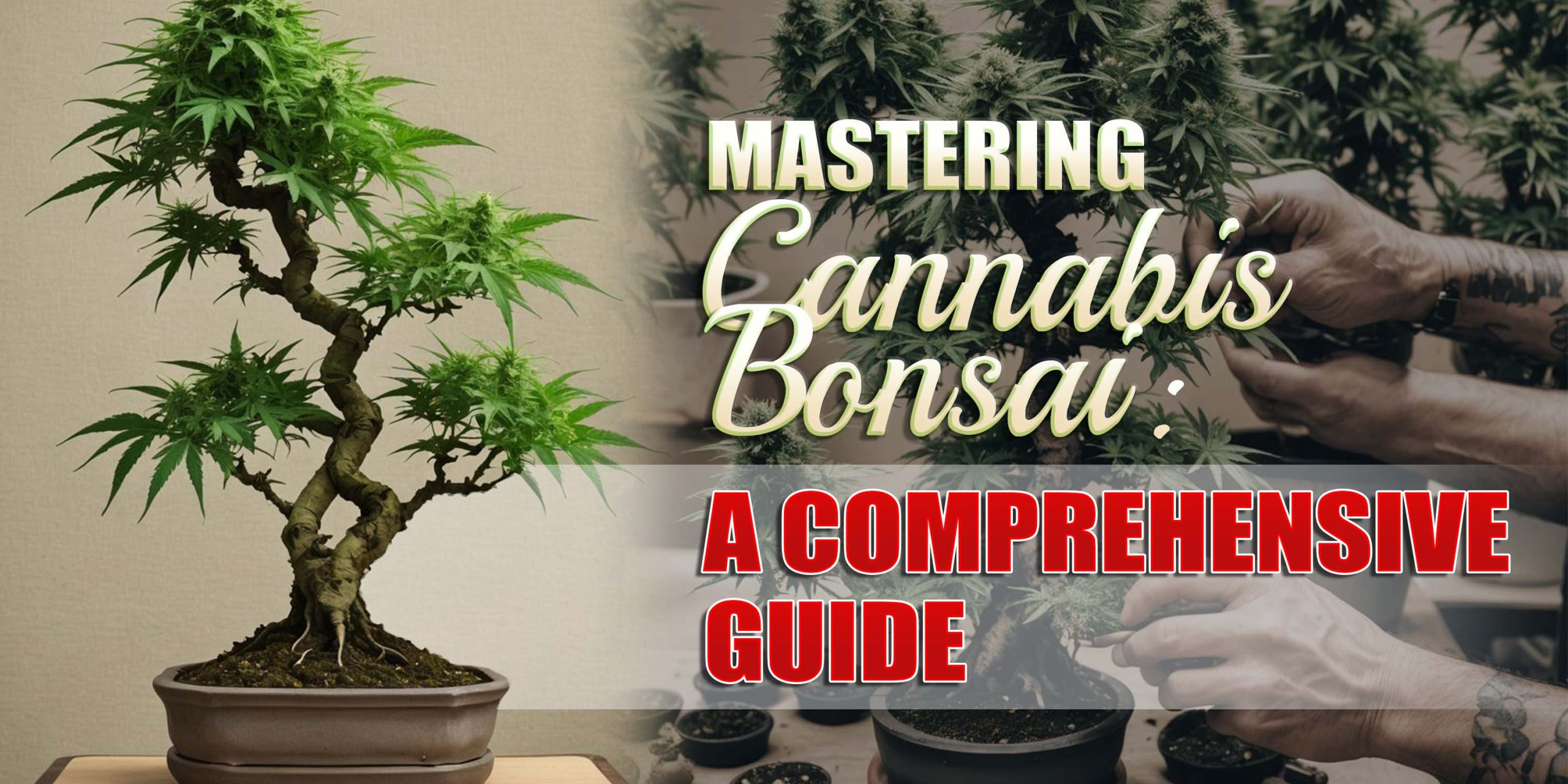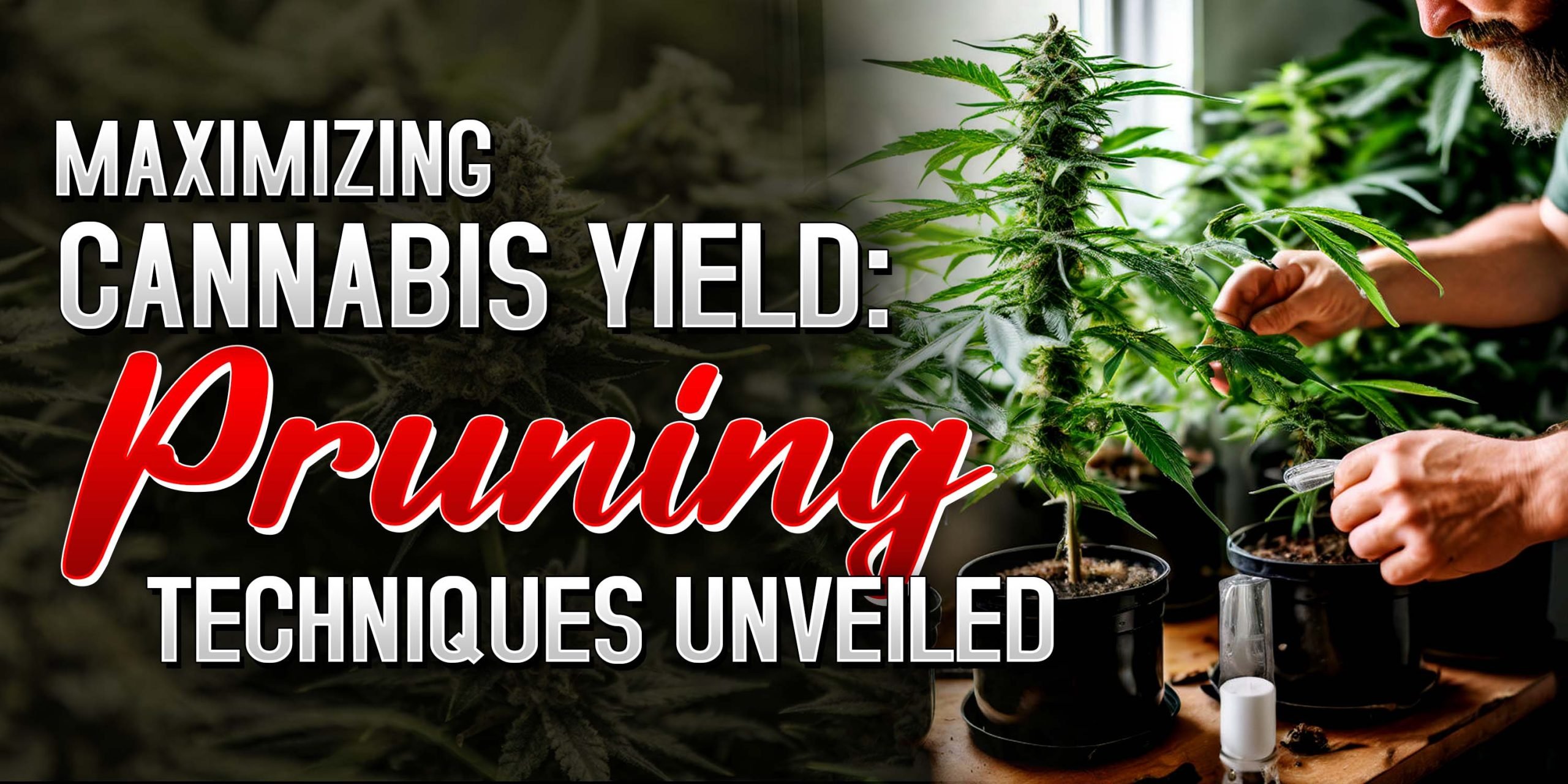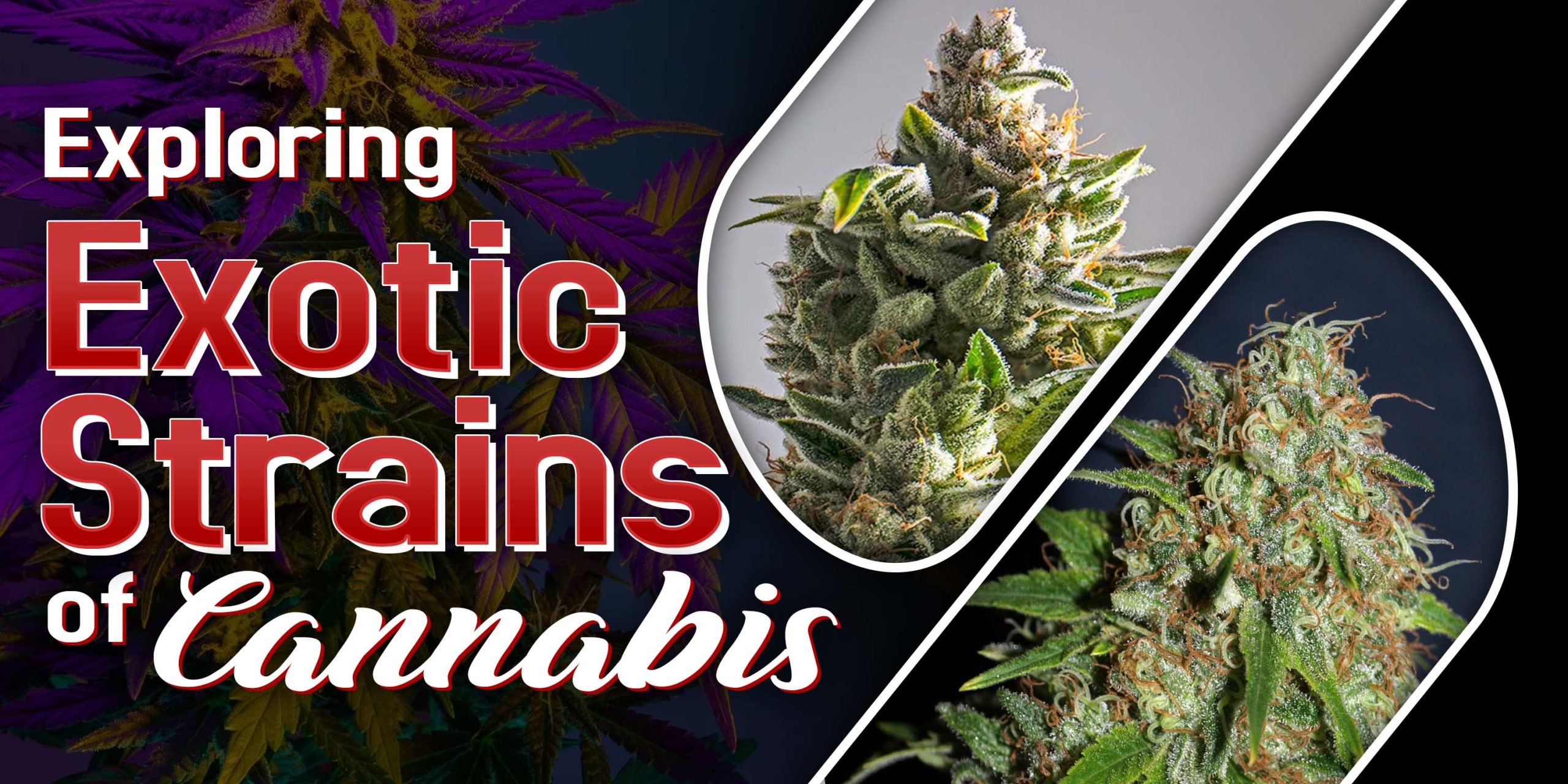In this comprehensive guide, we delve into the causes and effective treatments for black spots on weed leaves. As experts in cannabis cultivation, we understand the importance of maintaining healthy plants for optimal yield and quality. Black spots, also known as leaf septoria or leaf spot, can significantly impact plant health and yield if not properly managed.
What Are Black Spots on Cannabis Leaves?
Black spots on cannabis leaves are a symptom of fungal infections, primarily caused by pathogens such as Septoria cannabis and Phaeoisariopsis griseola. These fungi thrive in warm, humid conditions and can quickly spread in crowded or poorly ventilated grow environments. The appearance of black dots on weed leaves is often accompanied by yellowing or browning of the affected tissue, indicating damage to the plant’s photosynthetic capabilities.
Causes of Black Spots
1. Fungal Infections: Black spots are commonly attributed to fungal infections, with species like Septoria cannabis and Phaeoisariopsis griseola being the primary culprits. These fungi thrive in warm, humid environments, making them prevalent in indoor grow spaces or regions with high moisture levels.
2. Environmental Factors: High humidity levels, especially above 60%, create a favorable environment for fungal growth. Poor airflow exacerbates this issue by trapping moisture around the leaves, providing ideal conditions for fungal pathogens to thrive.
3. Overwatering: Excessive watering can saturate the soil, leading to waterlogged conditions that weaken the plant’s root system and make it more susceptible to fungal infections.
4. Plant Stress: Environmental stressors such as temperature fluctuations, nutrient deficiencies, or overcrowding can weaken the plant’s immune system, making cannabis leaves turn black and more vulnerable to diseases like leaf septoria.
5. Contaminated Tools and Equipment: Using contaminated tools, pots, or equipment without proper sanitation protocols can introduce fungal spores to healthy plants, facilitating the spread of infections.
Symptoms
Black spots on marijuana leaves typically start as small, circular lesions that gradually enlarge over time. The affected areas may appear dark brown or black, with a concentric ring pattern characteristic of fungal infections. As the infection progresses, the surrounding tissue may yellow or brown, leading to leaf necrosis if left untreated. In severe cases, the entire leaf may wither and die, affecting the plant’s overall health and productivity.
Treatment Options
- Pruning: Remove infected leaves using sterile tools to prevent the spread of fungal spores to healthy parts of the plant. Dispose of pruned material properly to avoid contaminating other plants.
- Fungicides: Apply fungicidal sprays containing active ingredients like copper, sulfur, or neem oil to control fungal growth. Follow label instructions and safety guidelines when using fungicides.
- Environmental Management: Improve airflow and reduce humidity levels in the growing area to create an inhospitable environment for fungal pathogens. Use fans or ventilation systems to promote air circulation and reduce moisture buildup.
- Watering Practices: Adopt a balanced watering regimen based on the plant’s needs and soil moisture levels. Avoid overwatering or watering late in the day to minimize excess moisture around leaves.
- Nutrient Management: Ensure plants receive adequate nutrients, particularly micronutrients like potassium and magnesium, to strengthen their immune systems and enhance disease resistance.
- Biological Controls: Introduce beneficial microorganisms or predatory insects that target fungal pathogens as a natural alternative to chemical treatments. Examples include Bacillus subtilis and predatory mites.
Prevention Strategies
- Sanitation: Maintain clean and sanitized grow environments by regularly disinfecting tools, surfaces, and equipment. Avoid cross-contamination between plants to prevent the spread of diseases.
- Spacing and Pruning: Provide adequate spacing between plants to improve air circulation and reduce humidity levels. Prune lower leaves and branches to minimize contact with soil-borne pathogens.
- Resistant Varieties: Choose cannabis cultivars with natural resistance or tolerance to fungal diseases, reducing the risk of infection in susceptible strains.
- Integrated Pest Management (IPM): Implement an IPM strategy that combines cultural, mechanical, biological, and chemical control methods to manage pests and diseases holistically.
- Monitoring and Early Detection: Regularly inspect plants for signs of disease, including black spots, and take prompt action to address issues before they escalate. Use magnification tools like magnifying glasses or digital microscopes for detailed inspections.
Conclusion
Black spots on cannabis leaves are a common challenge faced by growers, but with proper understanding and proactive management strategies, they can be effectively controlled. By addressing underlying causes such as fungal infections, environmental factors, and plant stress, growers can maintain healthier plants and maximize crop yields. Regular monitoring, timely interventions, and adherence to best practices in cultivation and disease management are essential for successful cannabis production.
FAQs
FAQ 1: Can black spots on cannabis leaves spread to other plants in the vicinity?
Answer: Yes, fungal infections causing black spots can spread through airborne spores or contact with contaminated surfaces, potentially affecting nearby plants.
FAQ 2: Are there organic methods to treat black spots on cannabis leaves without using chemical fungicides?
Answer: Yes, organic treatments include neem oil, potassium bicarbonate solutions, and compost tea sprays, which can help control fungal infections naturally.
FAQ 3: What is the difference between leaf septoria and other types of leaf spot diseases on cannabis plants?
Answer: Leaf septoria, caused by Septoria cannabis, typically presents with small black spots surrounded by yellowing tissue, whereas other leaf spot diseases may have distinct symptoms and require different treatment approaches.
FAQ 4: Can black spots on cannabis leaves be prevented through proper plant nutrition?
Answer: Yes, maintaining balanced nutrient levels, especially micronutrients like potassium and magnesium, can strengthen plant immunity and reduce susceptibility to fungal infections.
FAQ 5: Are there specific cannabis cultivars known for their resistance to leaf spot diseases?
Answer: Yes, some cannabis strains exhibit natural resistance or tolerance to fungal diseases, and choosing resistant varieties can help mitigate the risk of black spots on leaves.





